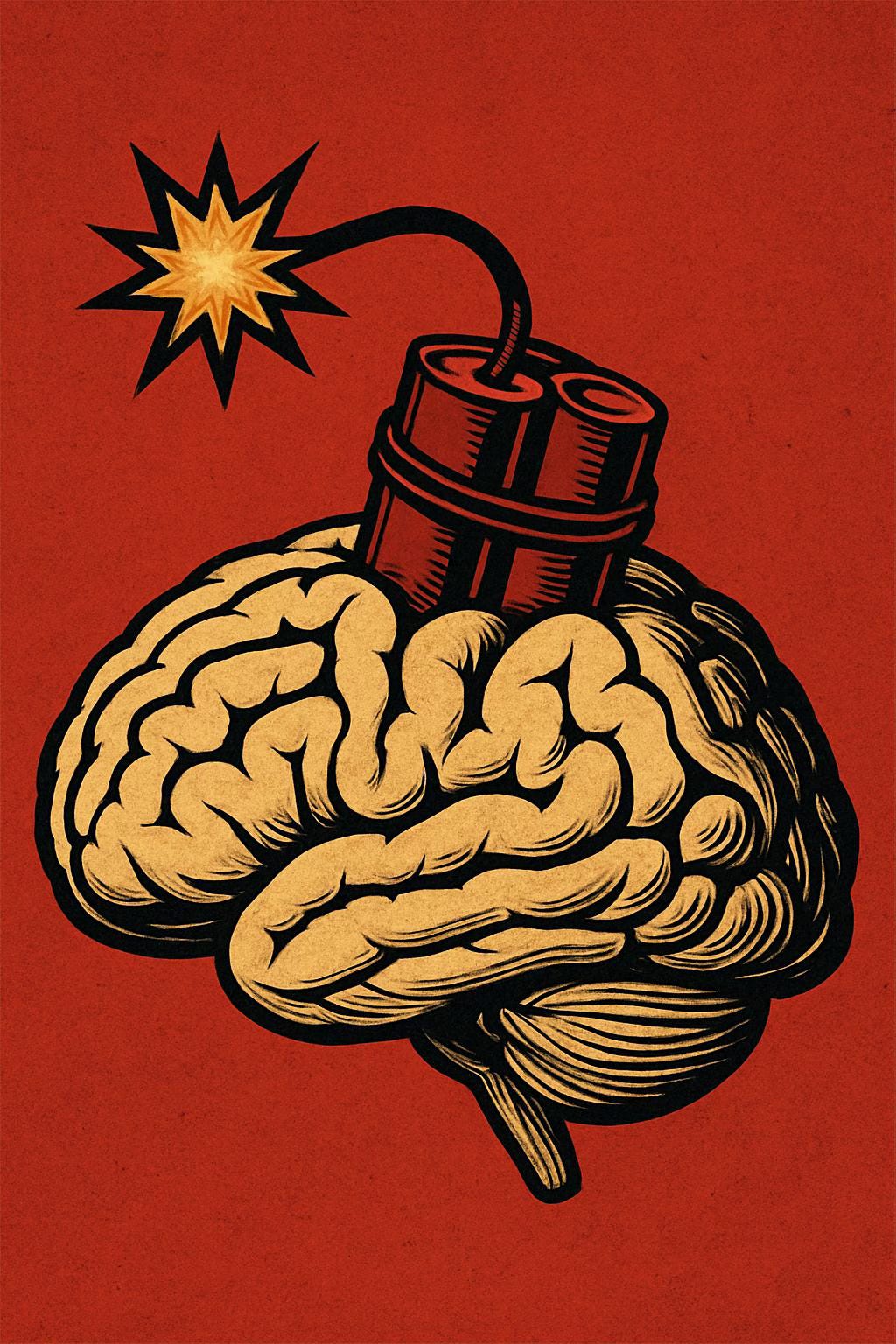The Architecture of Belief: Why “False Flag” Feels Truer Than Truth...and How to Inoculate Your Mind Before the Next Flashpoint
How to resist the psychological warfare that weaponizes your craving for closure.
The Architecture of Belief: Why “False Flag” Feels Truer Than Truth…and How to Inoculate Your Mind Before the Next Flashpoint
How to resist the psychological warfare that weaponizes your craving for closure.
The Jack Hopkins Now Newsletter #541: Friday, September 12th, 2025.
**This is why paid subscribers keep telling me they’re floored by the depth I deliver behind the paywall. By the time you finish this one…I think you’ll find yourself nodding the same way…again.
Why The Lie Fits Better Than The Facts
Confession: the free article was an appetizer.
It smashed a popular myth (that a 150–165-yard shot demands elite…secret-squirrel training) and showed why ordinary chaos looks cinematic in the rearview. Useful…yes.
But it didn’t explain the part you feel in your bones:
Why your smartest friends insist “this had to be special ops.”
Why threads of freeze-framed screenshots instantly become “proof.”
Why the false-flag narrative fits the brain better than the boring truth.
Why the more “official details” surface in the first 48 hours, the less some people trust them.
Tonight’s the scalpel session. We’re going to open the architecture of belief and trace the wiring:
The seven engines inside the mind that make conspiracy feel good.
The competence mirage that turns an ordinary shot into “clearly a pro.”
The six-stage life cycle of a viral false-flag theory (so you can spot each phase as it unfolds in real time).
The counter-engineering toolkit: mental inoculations and micro-habits that keep you from getting hacked.
If the free piece was the field guide…this is the tradecraft.
The Promise: Control The Frame Or Lose The Fight
When the next flashpoint hits…and it will…you’ll watch the same film play again:
shocking clip → 2) frozen frames → 3) confident narrators → 4) “gotcha” edits → 5) identity lock-in → 6) memory rewrite.
People don’t need convincing; they need closure. The first frame that gives it to them wins.
This piece arms you to pre-bunk (not just debunk)…to predict the script before it’s read to you…and to discipline your own mind so you’re immune to the dopamine drip of the sexy lie.
Let’s begin.
Part I: The Seven Engines: Why “False Flag” Feels Better Than Reality
Most commentary stops at “people are irrational.” Lazy.
The deeper truth: we’re rational for survival…not for modern complexity. When bullets fly, ancient circuitry takes the wheel. Here are the seven engines that rev up first.
1) Proportionality Bias: Big effect → Big cause
Your brain demands symmetry. A high-profile killing must have a high-grade cause. Lone…unremarkable actors violently offend our sense of scale.
So the mind stretches the cause to fit the effect. Of course it had to be an elite shooter… a multi-agency op…a black-budget orchestration. Anything less feels insulting to the enormity of the moment.
Inoculation Cue:
When you hear “This is too big to be random,” translate it to: “My scale bias is on fire; I need to downshift to probabilities.”
Keep reading with a 7-day free trial
Subscribe to Jack Hopkins Now to keep reading this post and get 7 days of free access to the full post archives.


